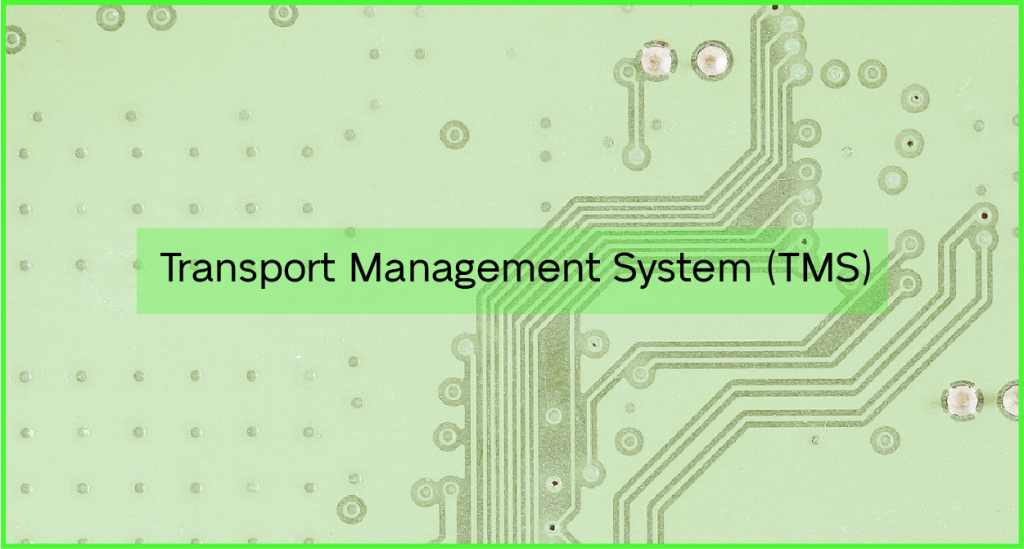Transport management system: what it is and benefits

To keep up effectively with the logistical promises made to their customers, modern businesses rely on Transport Management Systems (TMS), which have become essential tools to optimise shipping routes, balance expenses and enhance effectiveness. Let’s discover more about what a TMS is, its functions, and benefits for modern enterprises. What is a Transport Management System […]
Strategies to increase your Average Order Value in 2024

New customers aren’t always automatically equal to more revenue. In fact, they tend to have a high acquisition cost and their lifetime value is not the same, meaning they might just make a single purchase and never come back again. What does this imply? Put simple, this means that focusing on existing customers to increase […]
EU Corporate Sustainability Directive: What does it mean for your company?

What is Europe’s new emissions reporting mandate? In response to the growing climate change crisis, the European Union has introduced a regulation known as the Corporate Sustainability Reporting Directive (CSRD) which will take effect in June 2024, requiring some 50,000 companies doing business within the European Union (EU) to report annually on their past and […]
Inventory Accuracy: why is it important for your business? (2024)

Inventory Accuracy is a Key Performance Indicator (KPI) essential among logistics data and measures the degree to which the inventory recorded in the system aligns with the actual stock present in a warehouse. This inventory management KPI helps businesses improve the efficiency of their supply chain, directly impacting customer satisfaction. Let’s discover how to achieve high […]
On-Time Shipping: why is it important for your business? (2024)

On-Time Shipping is a key performance indicator (KPI) essential in logistics data that measures the percentage of orders shipped by or before the requested date. Keeping track of this KPI is very important to evaluate the efficiency of your supply chain and understand if there are problems within the fulfillment process that require immediate intervention. […]
Inventory turnover rate: why is it important for your business? (2024)

Inventory Turnover Rate is an essential KPI among logistics data that reflects how often stock is sold within a given timeframe, and is a critical metric for production planning, logistics operations, as well as marketing and sales. Generally speaking, a higher inventory turnover indicates better performance, meaning that stock is managed effectively and inventory is […]
What is intralogistics and why is it important for your business?

Third-party logistics providers, warehouses, or distribution hubs require robust logistical strategies for daily order fulfillment, especially when dealing with large scale operations. Each aspect—ranging from receiving goods at the warehouse, processing orders, to the last-mile delivery—must be extremely coordinated to avoid delays, inventory loss or unnecessary costs. Intralogistics is precisely the sophisticated orchestration of these […]
Dropshipping: top trends & niches for success in 2024

Whether you’re thinking of starting a dropshipping business or you want to enhance your existing one, it’s crucial to identify a specific market segment for your products. This segment is known as a niche and targeting your strategies towards a particular demographic allows your business to set itself apart. This is because dropshipping’s appeal […]
2024 ecommerce success hinges on tech and partnerships for superior fulfillment

In 2024, ecommerce success hinges on harnessing technology and strategic partnerships to offer high-quality delivery experiences. Managing shipping effectively is one of the most important aspects of online shopping. It’s crucial to stay adaptable and check shipping strategies to ensure that you are consistently providing top-tier service and experiences at the most favourable cost for […]
Supply chain convergence: real-time visibility is central to logistics success

In the past years, supply chains were managed using decentralized systems, where each function, like procurement, shipping, and customer service, operated independently. In this environment, businesses struggle to maintain control over critical aspects such as data, revenue, productivity, profitability, and other key performance indicators. Thanks to modern technology, companies are progressively shifting towards the employment […]